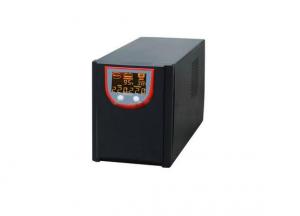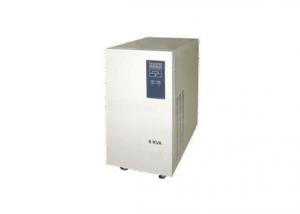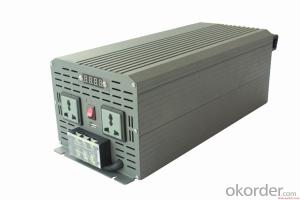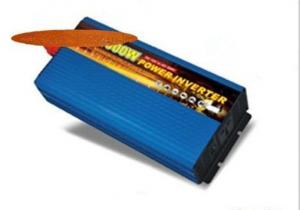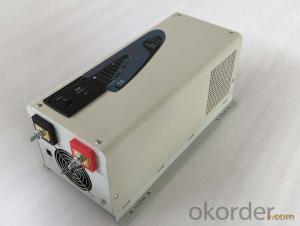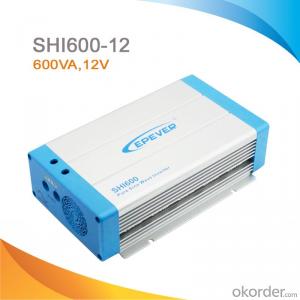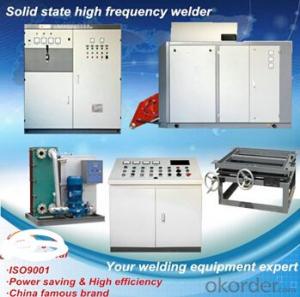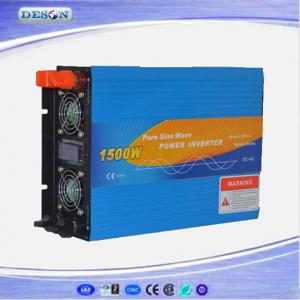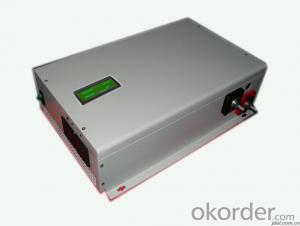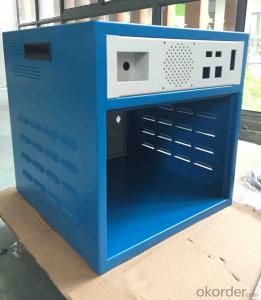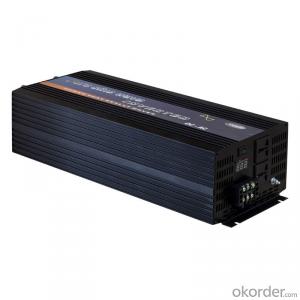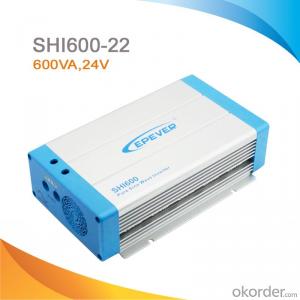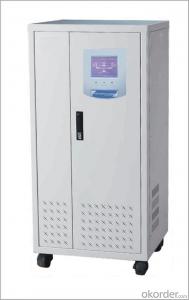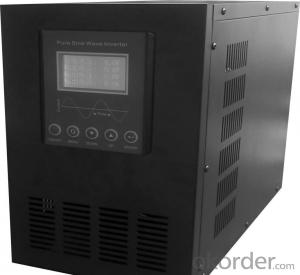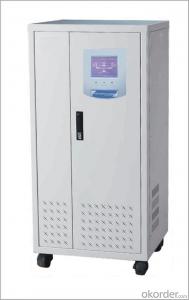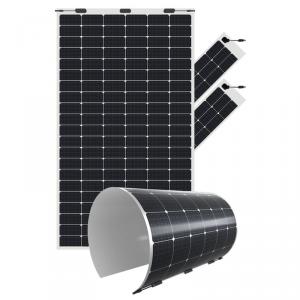Solar Edge Hd Wave Inverter
Solar Edge Hd Wave Inverter Related Searches
Solar Edge Hybrid Inverter Solar Edge Inverter Solar Edge Solar Inverter Inverter Solar Edge Solar Edge Energy Hub Inverter Buy Solar Edge Inverter Solar Edge Inverter Specs Solar Edge Micro Inverter Solar Edge Inverter Wifi Solar Edge Inverter Uk Solar Edge Inverter For Sale Solar Edge Inverter Efficiency 10kw Solar Edge Inverter Solar Edge Inverter Price Solar Edge Inverter 10kw Solar Edge 3 Phase Inverter Solar Edge Inverter Spec Sheet Solar Edge 6kw Inverter Solar Edge Inverter Cost Solaredge Solar Inverter Solar Hybrid Inverter Cost Of Solar Edge Inverter Solar Edge Inverter Models Hybrid Solar Inverter Hybrid Solar Power Inverter Solar Edge Inverter Led Lights Solar Panel Hybrid Inverter Hybrid Solar Charger Inverter Solar Edge Inverter App Solar Edge Inverter WarrantySolar Edge Hd Wave Inverter Supplier & Manufacturer from China
The Solar Edge HD Wave Inverter is a cutting-edge product designed to optimize solar energy conversion and management. This advanced inverter uses innovative HD-Wave technology, which allows for higher efficiency and reduced energy losses compared to traditional inverters. It is specifically engineered to handle high power solar panels and provide a seamless integration with Solar Edge's power optimizers, ensuring optimal performance and reliability.The Solar Edge HD Wave Inverter is widely used in various applications, including residential, commercial, and utility-scale solar installations. Its ability to maximize energy output and minimize system downtime makes it an ideal choice for a wide range of usage scenarios. From small-scale rooftop installations to large-scale solar farms, this inverter plays a crucial role in harnessing the power of the sun and converting it into usable electricity.
Okorder.com is a leading wholesale supplier of the Solar Edge HD Wave Inverter, boasting a vast inventory that caters to the needs of various customers. With a strong commitment to quality and customer satisfaction, Okorder.com ensures that each inverter is thoroughly tested and inspected before being shipped to customers worldwide. This comprehensive approach to product distribution and support makes Okorder.com a trusted source for those seeking reliable and efficient solar energy solutions.
Hot Products

